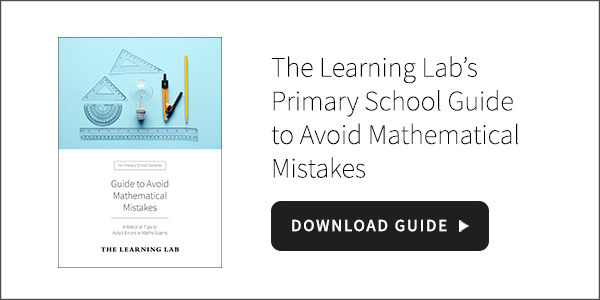
“What? You lost 5 marks due to careless mistakes? You have brought great shame and dishonour to your ancestors and family!”
This is oftentimes our jest when students share with us their results after a test or examination.
Parents have also raised this issue with the teachers in The Learning Lab — their children have mastered the required content, but failed to achieve their desired scores due to carelessness.
This unnecessary loss of marks sometimes results in the student dropping a grade.
Hence, the TLL Maths teachers in Jem and Choa Chu Kang would like to share their tips on how to minimise careless mistakes in the primary school Mathematics examinations.
Tip 1 – Know the type of errors you are making
First and foremost, students must be aware of the different types of careless mistakes so that they are aware of the ones they commonly make. This allows them to take the next step in eradicating those errors.
In The Learning Lab, the Mathematics Curriculum Unit has classified careless mistakes into these 6 main categories:
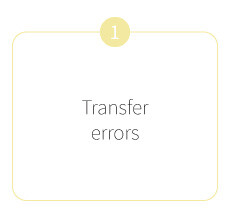

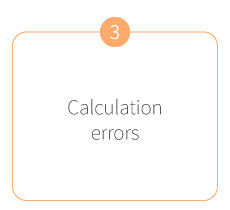
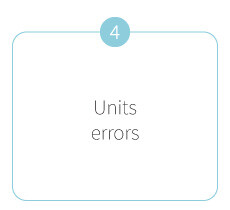
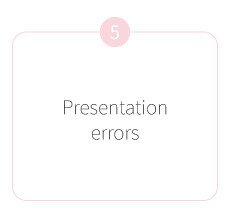
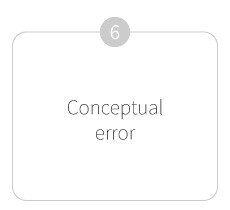
The recognition of these errors is also infused into The Learning Lab’s curriculum and our students are trained in specific tutorials to identify and correct these errors.
Tip 2 – Highlight and underline key information

Our teachers have observed that students who perform better in Maths tend to have the habit of highlighting key information in the questions and making notes on the questions.
This demonstrates that the students have thoroughly analysed the questions, which often leads to clear solutions with few errors.
For students who are weaker at Maths, their work shows little analysis of the questions with messy solutions riddled with errors, especially for complex questions found in Paper 2.
From an early age, we train our students to look out for key words so as to minimise the Transfer and Conceptual errors as well as incorrect reading of questions.
For example, “I share the sweets with my 3 friends” vs “I share the sweets amongst my 3 friends” has very different meaning in the mathematical calculation process.
Bonus Tip:
Use different coloured highlighters for information in the question and the required answer specified in the question. This is especially useful for students who are able to solve the question, only to fumble and present the wrong final answer.
Tip 3 – Substitute final answers back into the question
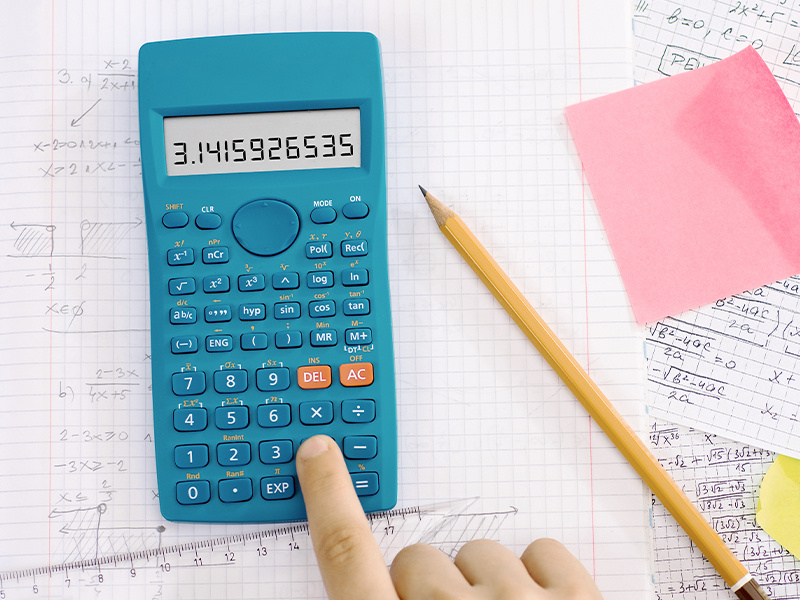
On completion of the papers, students are strongly encouraged to substitute their final answers back into the question to see if it matches the scenarios given.
Is there is a lack of time, students should then apply the idea of logical checking and estimation on answers. For example, if the question is looking for the fraction of apples eaten, an answer greater than 1 would not make sense. Similarly, 3.1 x 5.02 should give an answer close to 15.
Generally, for primary school examinations, we also advise our students that if they encounter any intermediate steps that yield an irrational value (“lots of different decimal places on the calculator” for the lower primary students, e.g. 3.141592653589793...), they should immediately stop and review their steps.
There are exceptions to this rule if the question specifies an answer corrected to a certain decimal place.
Tip 4 – Proper use of Units and Presentation errors
This tip is especially important for topics such as Speed, Volume as well as Areas and Perimeters where the use of SI units are involved. We would strongly encourage students to present their calculations with the required units as stated in the question.
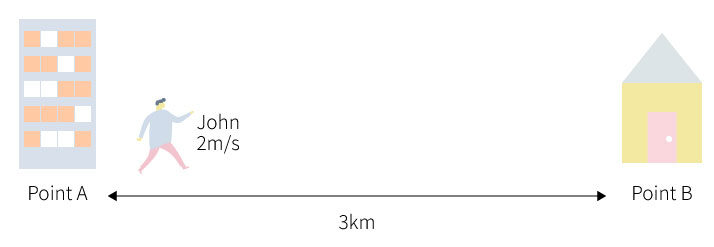
For example, in the question, “The distance from points A to B is 3km, John runs at 2m/s. How long would he take to run from A to B?”, we would advise our students to convert the 3km into metres so as to use the given units for “Speed”.
On a related note, the Ministry of Education also frowns upon factually incomplete statements which some students are still fond of presenting. For example, "½ = 7km" or "⅓ = 8" are errors that will be penalised in examinations.
The proper presentation being "½ of distance = 8", or "⅓ of the total = 8".
Download Our Full Guide to Unlock the Rest of the Tips
The Maths experts at The Learning Lab specially put together a full guide, drawing on current trends of the common mistakes that students make for Maths, on how your child can avoid making these errors.
This revision guide features 8 mistakes students make in Maths with our corresponding tips for answer precision.
Download your complimentary Primary School Guide to Mathematical Mistakes here to get top exam tips. This printable guide is loaded with invaluable tips and tricks to equip your child for any upcoming Maths exams.
Find out more about our Maths programmes here.
The Learning Lab is now at locations. Find a location that suits your needs.
If you have any questions about our programmes, please email us at enquiry@thelearninglab.com.sg or call us at 6733 8711 and we will be happy to assist you.

